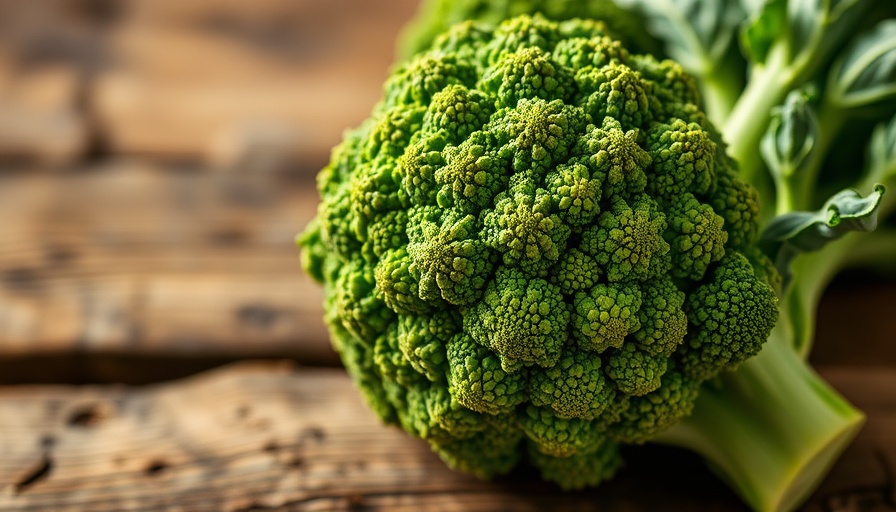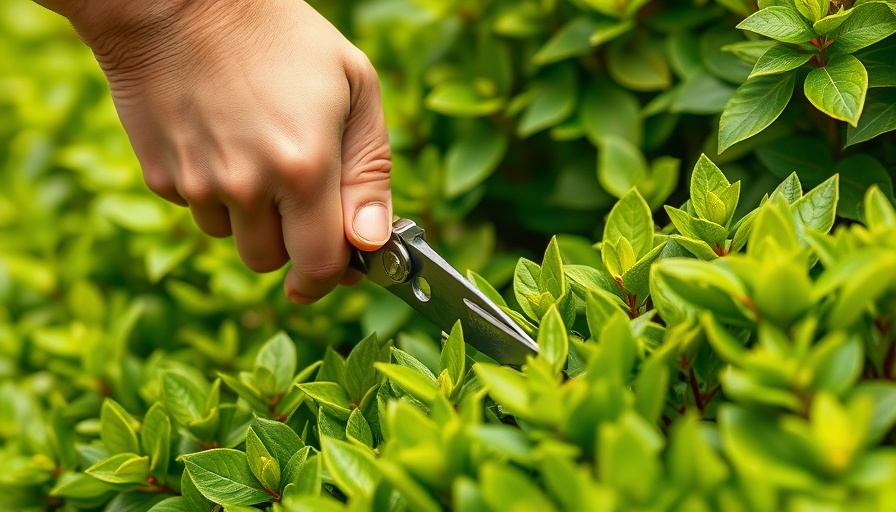
Why Container Gardening is Ideal for Broccoli
Container gardening is a fabulous choice for growing broccoli, especially for urban dwellers or those with limited outdoor space. With containers, you can control the growing environment, which is particularly beneficial for this cool-weather crop. You can extend its growing season by bringing your pots indoors during extreme weather or placing them in sunlit spots as seasons change. Plus, growing in pots can save space, allowing you to cultivate a vibrant garden on your balcony, patio, or even your doorstep.
Choosing the Right Container for Optimal Growth
One of the first steps in growing broccoli successfully in containers is selecting a pot that accommodates the plant's size. Ideally, each broccoli plant requires a container that is at least 12 inches deep and wide, giving roots enough room to spread and establish themselves. Depending on your arrangement, consider using an 18-inch wide pot for multiple plants. Just remember to ensure proper drainage to keep your plants healthy.
Varieties of Broccoli to Grow in Containers
When it comes to broccoli cultivars suitable for container gardening, consider varieties like 'Sprouting Broccoli' or 'Baby Broccoli.' These smaller varieties adapt well to confined spaces and offer abundant harvests even in smaller sizes. Always select organic seeds or plants for healthier growth and quality produce.
Preparing Your Container: Soil and Nutrients
Preparing your container starts with selecting the appropriate potting mix. A blend designed for vegetables is ideal, offering the right balance of nutrients and moisture retention. Before planting, mix in organic fertilizers to prime the soil, enriching it with essential nutrients for your broccoli. Consider including compost or well-rotted manure for added benefits.
Growing Tips: Watering and Sunlight
Broccoli thrives in full sun, so position your containers where they can get at least 6 hours of sunlight daily. However, during peak summer, some shade can prevent the plants from bolting prematurely. When it comes to watering, broccoli likes consistent moisture, particularly during the germination phase and while developing heads. Daily checks are necessary; if the top inch of soil feels dry, it’s time to water.
Managing Pests and Diseases
Container-grown broccoli can still attract pests like aphids and cabbage worms. A proactive approach includes inspecting plants regularly and implementing organic pest control methods, such as insecticidal soap or neem oil. Companion planting with herbs like dill and basil can also deter pests while enhancing the growth of your broccoli.
Harvesting Your Broccoli
The excitement of growing broccoli culminates in the harvesting phase. When your broccoli heads are firm and tight, it's time to cut them off about 6 inches down the stem. Additionally, the plant will often produce side shoots after the main head is harvested, allowing for a prolonged harvest period. Regular cutting encourages more growth, further increasing your yield.
Cooking Ideas to Make the Most of Your Harvest
Once you’ve harvested your broccoli, it’s time to enjoy the fruits of your labor! Try lightly steaming the florets and pairing them with garlic or tossing them into a stir-fry. You can also enjoy them raw in salads or blended into smoothies for a nutrient boost. The best part? Knowing that you’ve grown this nutritious vegetable yourself makes every meal a bit more special!
 Add Row
Add Row  Add
Add 




Write A Comment